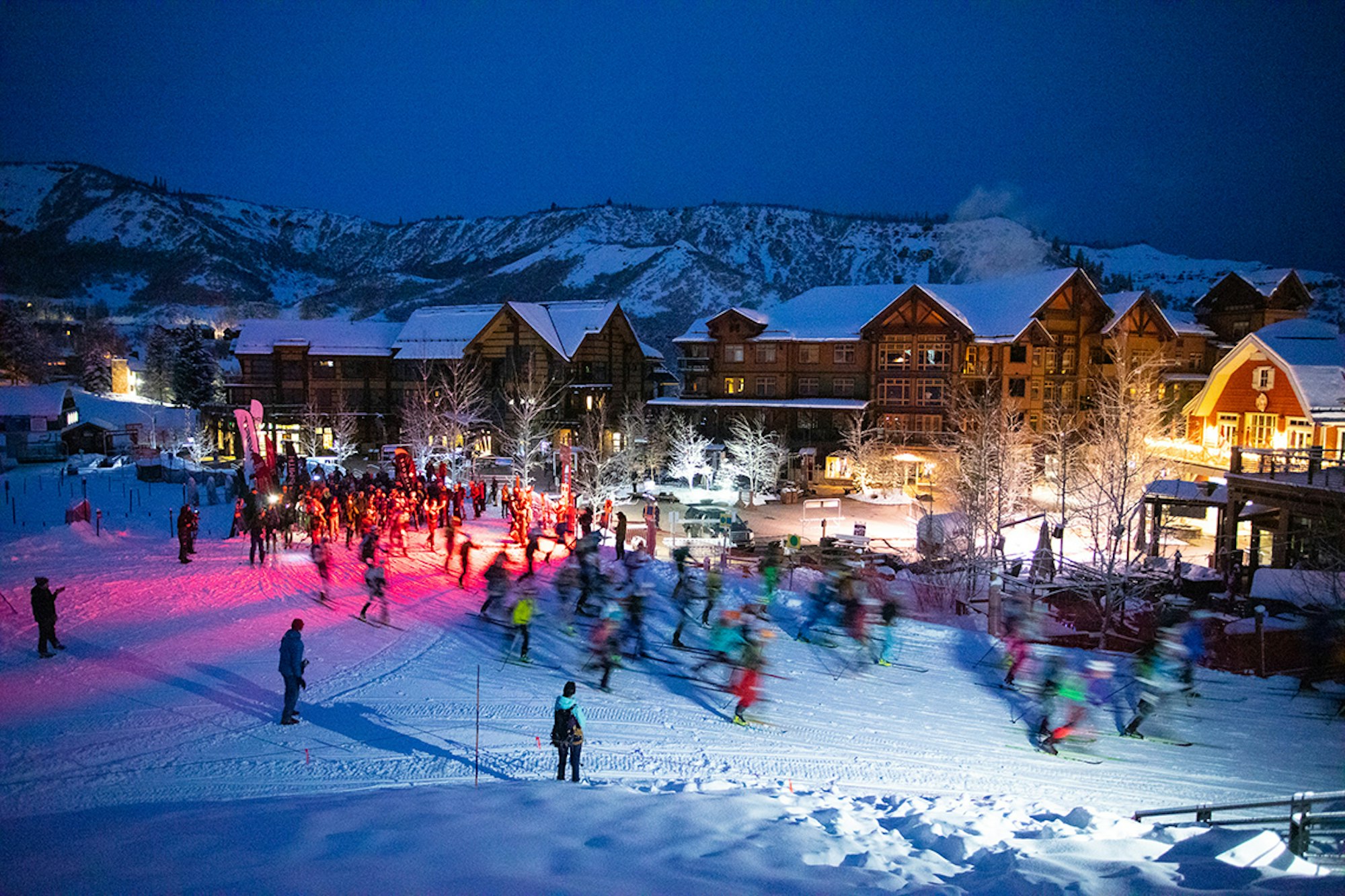The Power of Four. For some, it represents the pinnacle of ski mountaineering races in the state of Colorado. For many, it seems like a masochistic event that only people with a few screws loose would embark upon. In this instance, the race is a combination of both. And I’m going to compete with good friend and former FREESKIER staffer Nat Houston, beginning at 6 a.m. on March 2, 2019, at Snowmass Resort.
Now, a brutally long tandem ski-mo race—24 miles and over 10,000 vertical feet—probably doesn’t fit under most people’s definition of freeskiing. While that may be true, for me, training for the Power of Four is a great way to get the body and mind ready for spring peak-bagging season, which I do consider part of the fluid definition of freeskiing. In the final installment of our Power of Four race coverage, I’ll give a recap of race day.
The hope was for bright blue skies and temperatures in the low 30s on race day—not too hot, not too cold, with pleasant weather all-around. However, Mother Nature had other plans for competitors in the Power of Four. She dropped upwards of a foot of new snow on the Aspen area the night prior to the race, and the racing conditions ranged from moody overcast skies to blowing snow. Luckily, the crappy weather came in short waves and by the time we reached the most brutal part of the race at the bottom of Aspen Highlands, it was calm and relatively pleasant.
The race kicked off at 6:02 a.m. in the dark at the base of Snowmass. When the start gun went off I was fortunate enough to have an elite racer in front of me—I could only assume, he was decked out in spandex and ski mo race gear and was like a lightning bolt out of the start gate. I followed his path as fast as I could, allowing me to avoid the inevitable bottleneck of 200-plus racers skinning towards glory. I’d soon fall back into the rest of the pack, as the pro ski mo racers would leave me in their dust, but we were off to a good start. The jaunt up to the top of Snowmass’ Elk Camp went smoothly, and before we knew it we had made to the first transition and were huffing it down the ridge toward Buttermilk.
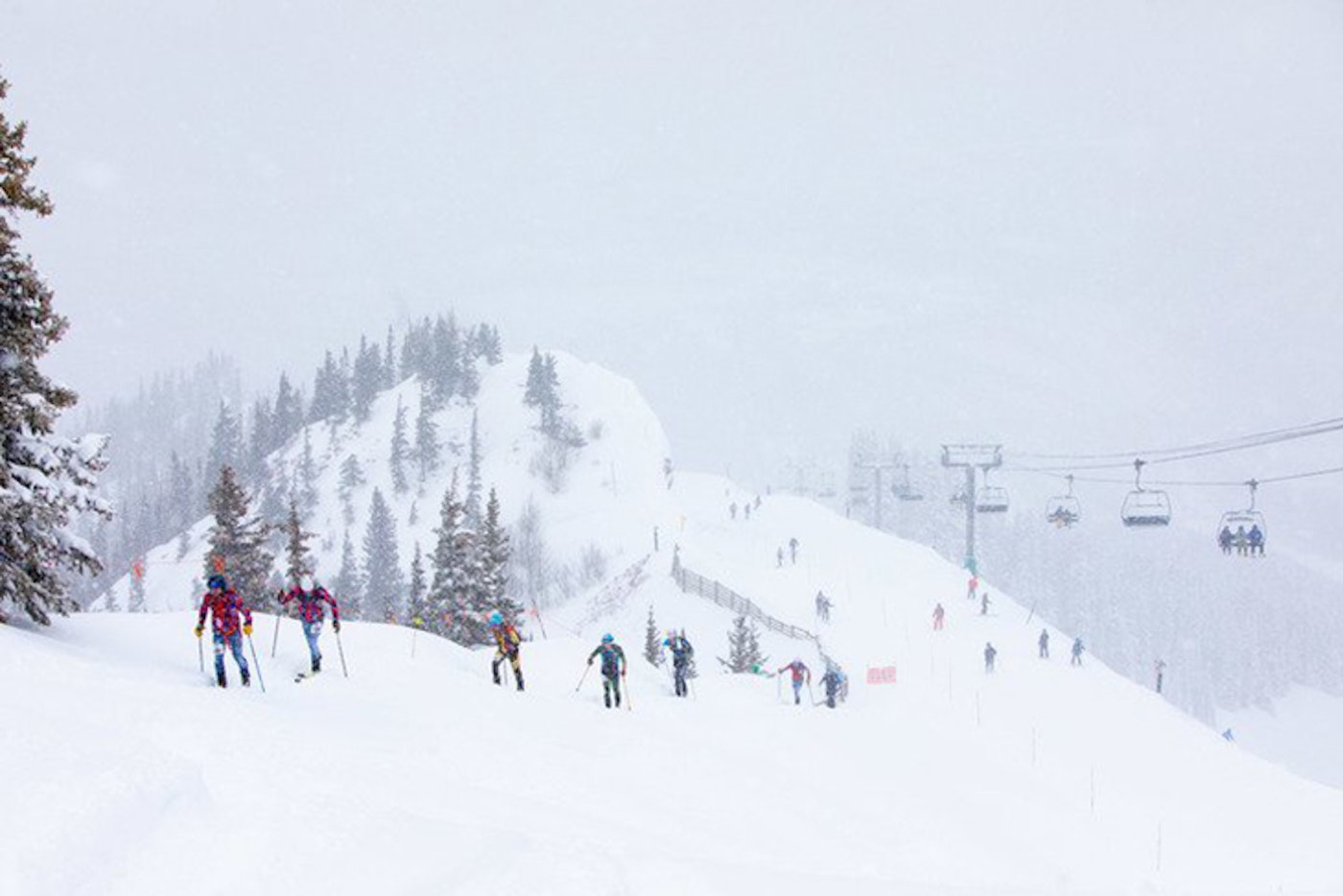
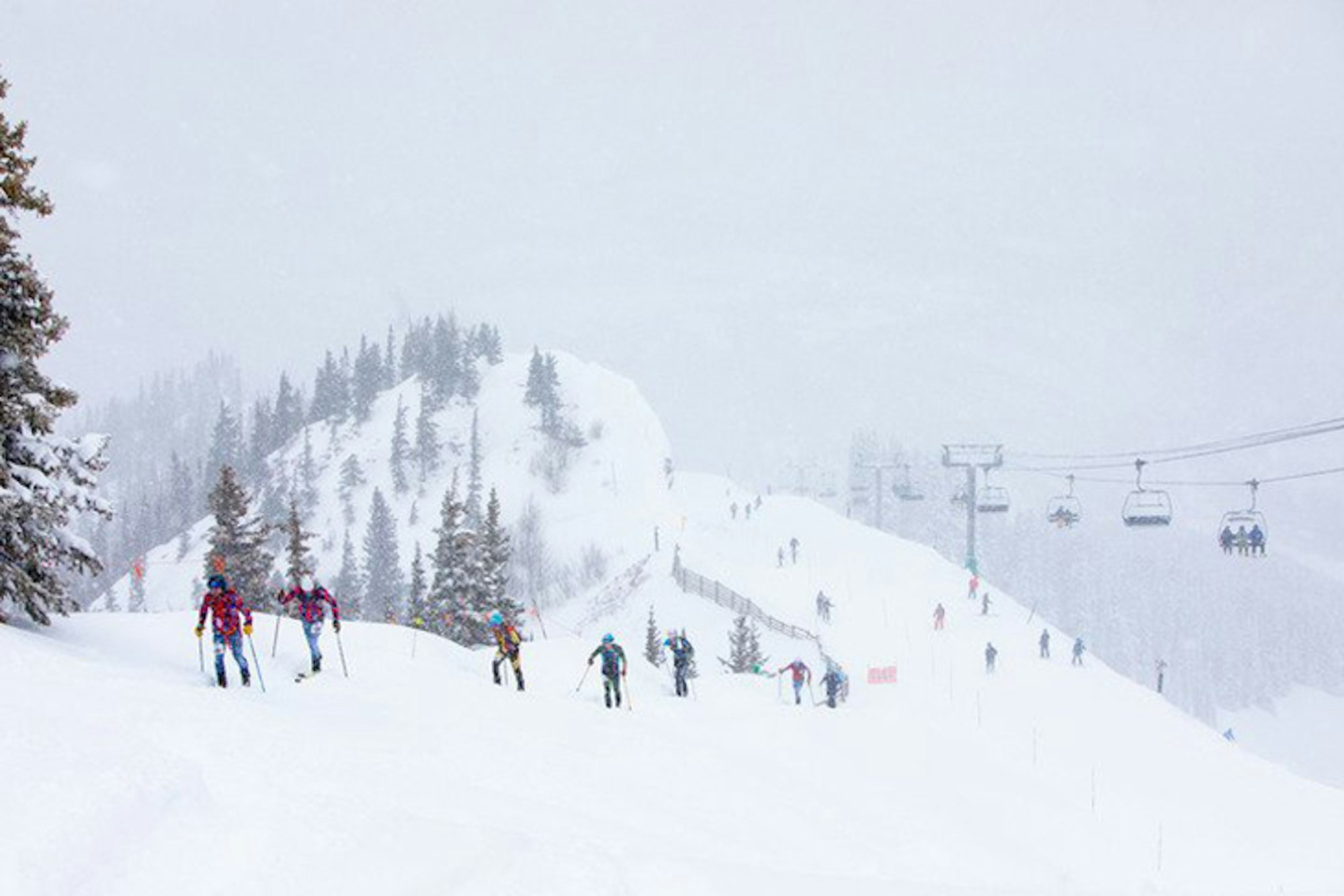
This is where the first challenges were presented. Over a foot of heavy, wet snow awaited us on the ridge, and navigating it on 70 mm wide race skis with hundreds of other competitors all around me required my full concentration. Lucky for us, downhill skiing was our strength, and we were able to swiftly navigate the course while many others—most of whom’s strength lied in their uphill skills—cautiously picked their way through the chopped up cement. The high-speed dip and dodge fest through the trees was rewarded with a top to bottom groomer down Buttermilk, which really allowed my Salomon S/Lab X/Alp skis to shine.
We reached the first aid station at the base of Aspen Highlands, where we guzzled down some Coke for a sugar boost and reloaded on water. Once refueled, we began the last half of the race, which, not coincidentally, was the most difficult portion of the Power of Four. We embarked on a climb straight up Aspen Highlands. While the tour up Snowmass was on very mellow and gradual terrain, the Highlands skin was steep, the entire way. We pushed and pushed, passing some, others passed us, to the top of Highlands’ Deep Temerity Lift. The normal course normally continues up the famed Highland Bowl bootpack, but due to the recent heavy snowfall, we were re-routed under the Deep Temerity Lift.
On the descent, we felt the first real effects of fatigue. The deep snow and steep skiing, coupled with about 12.5 miles and over 5,000 vertical feet of touring, had our legs absolutely screaming. If I were to anthropomorphize my quads and calves, I imagine they were doing this:
After the quick shot of downhill vertical, we were skinned back up and heading north toward the Congo Cutoff. It was at this point that a mixture of delirious and dark thoughts began to creep into my head.
“Why am I doing this?”
“Would ya look at that, still a long way to go.”
“Should I just lie down?”
“I could go for a fat steak right now.”
After another refuel at the last aid station, we embarked on the most difficult downhill portion of the race: the Congo trail. Unlike the rest of the course, this portion was a hiking trail connecting Aspen Highlands with the Midnight Mine Road, i.e. it’s not meant to be skied.
Looking back, it reminded me of that section of Bowser’s Castle in the Nintendo 64 classic, Mario Kart, where those giant “thwomp” blocks are spinning drivers out and smashing them left and right. Complete chaos. So, there I was, rocketing down a serpentine, snow-covered hiking trail while dipping and dodging between other skiers who were upside down and splayed every which way.
Somehow, I made it to the Midnight Mine Road unscathed, where we began the final climb of the race, which, again, not coincidentally, is a brutal five-plus mile slog in the woods to the top of Aspen Mountain.
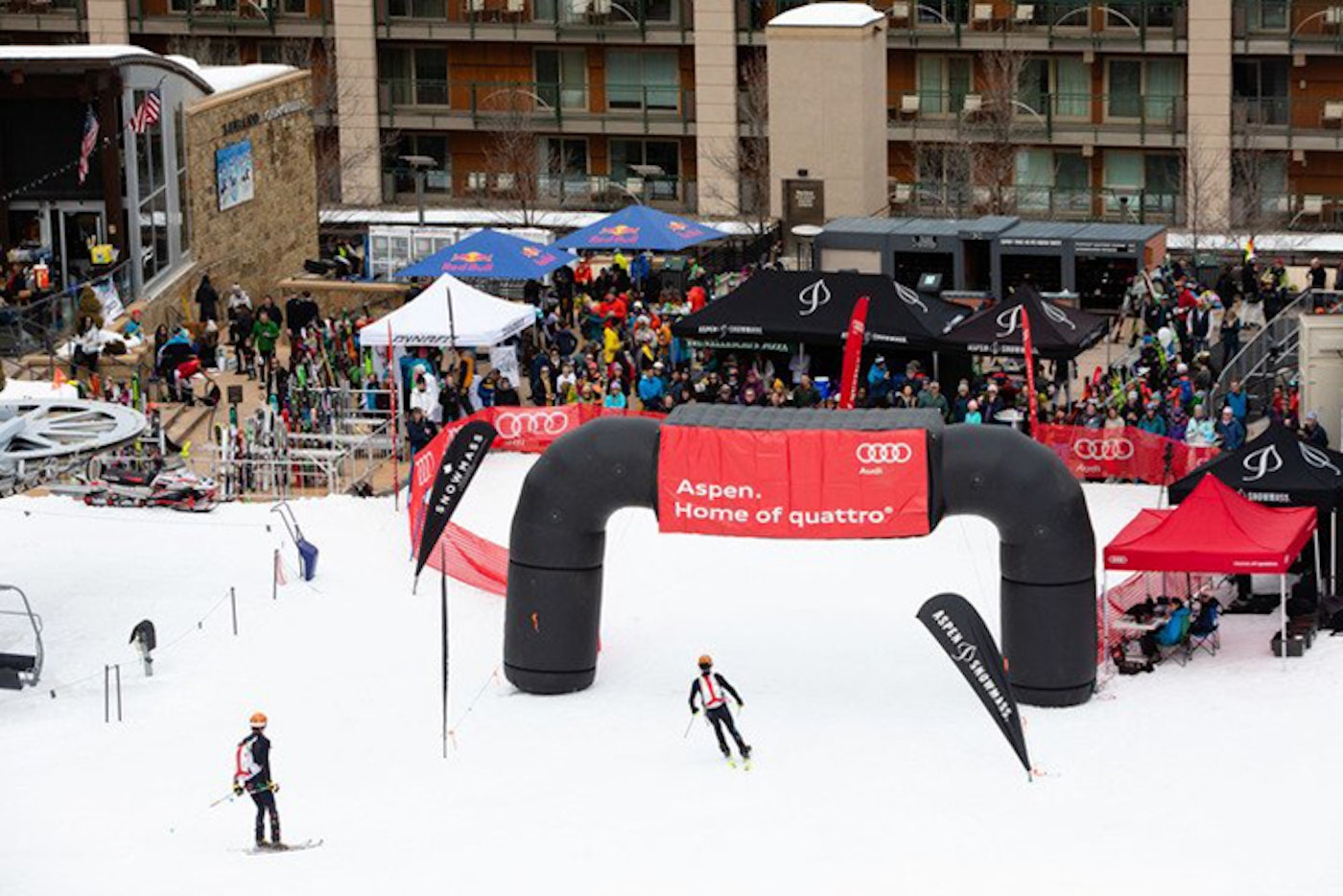
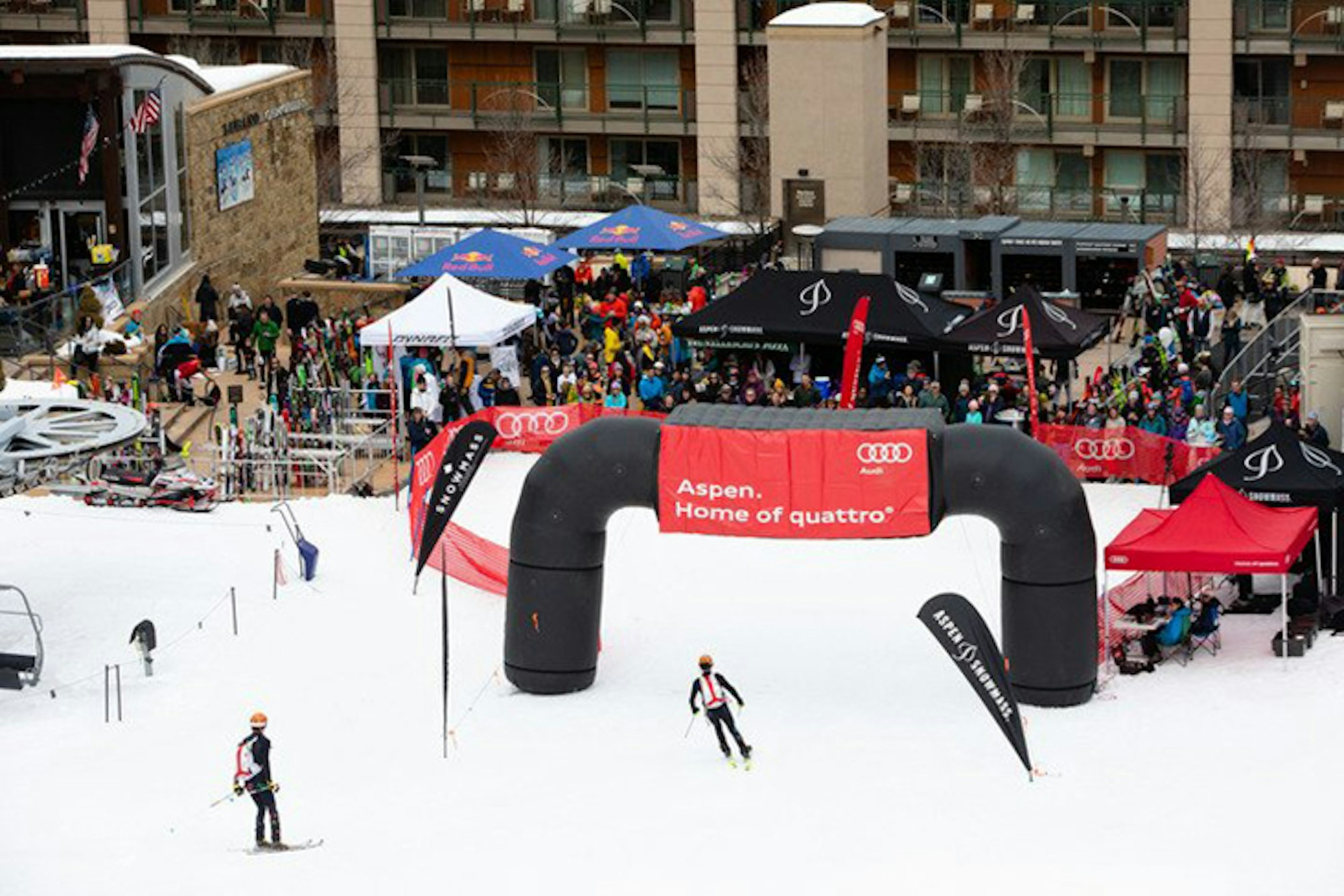
The Midnight Mine Road segment is just demoralizing. It’s never steep, but long, sustained and boring. You spend almost the entirety slogging through the woods with nothing to look at but your shuffling skis and no one around but your own exhausted mind. It’s the perfect final punishment for what is, overall, a very punishing race.
Once at the top of Ajax, we were faced with two final downhill challenges, a leg-burning descent down Walsh’s and an exhausting ski through the Bingo Glades, which were covered with 10 inches of mashed potatoes. In the end, we finished in 7 hours and 42 minutes and received 53rd place out of 99 teams. I’ll take it. For reference, the winners, John Gaston and Max Taam, finished in four hours and 45 minutes.
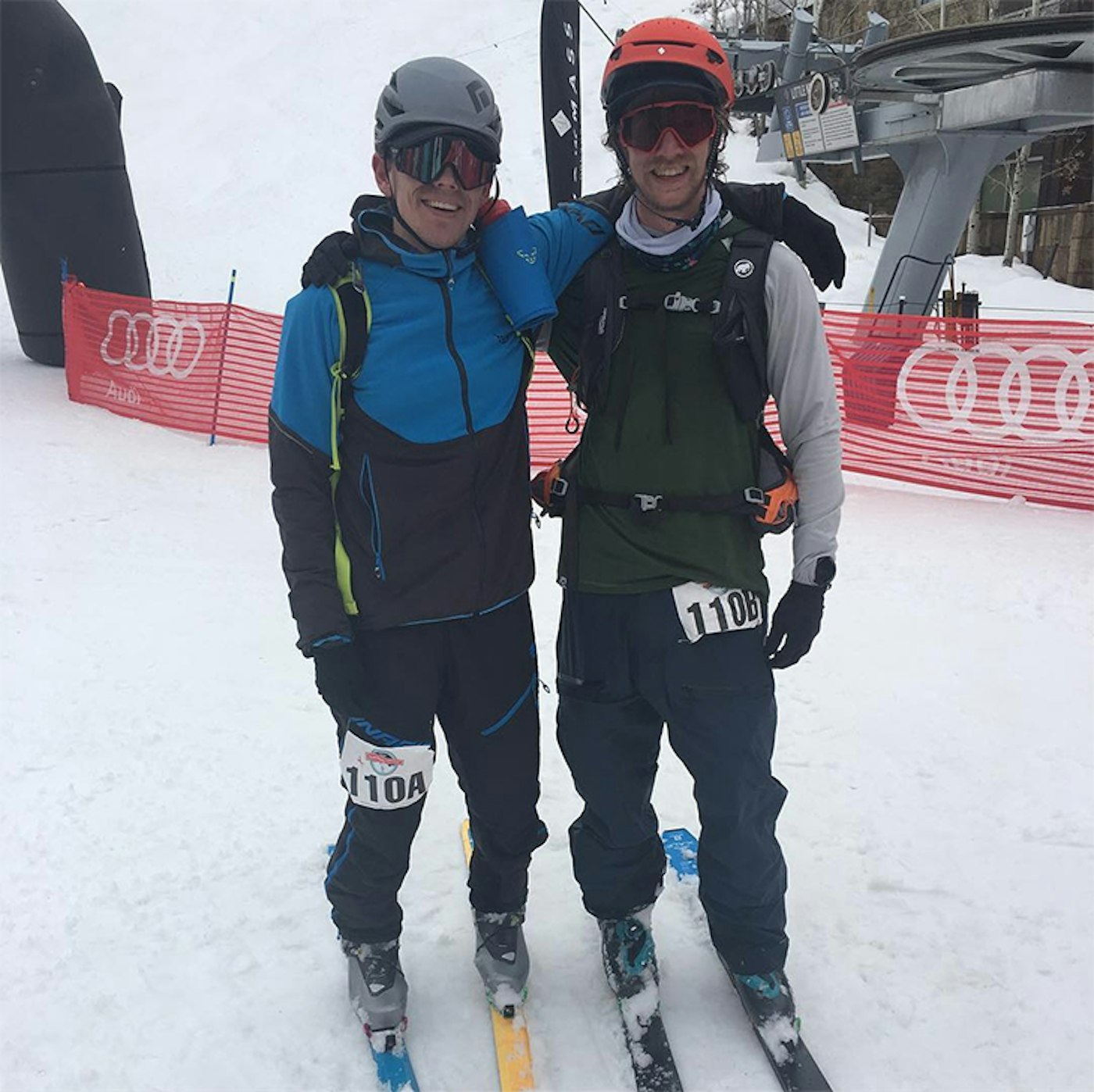
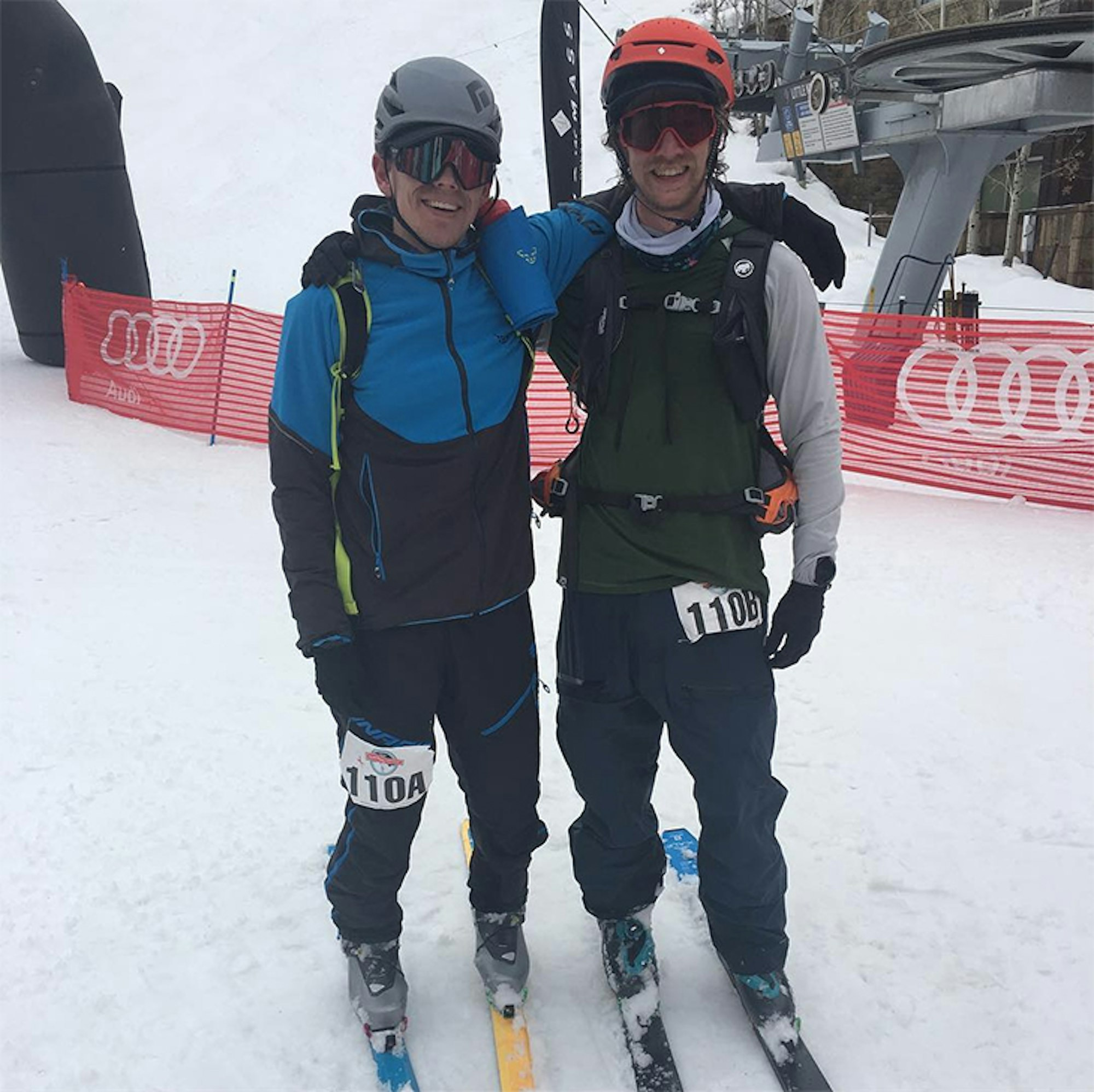
Will I compete again next year? The jury’s out, but the proximity to the 2019 event makes me lean toward no. I would, however, recommend it to anyone who considers themselves a ski tourer and wants to really push themselves to their limits. Plus, now I’m fully ready for the spring ski mountaineering season. And while my recap may make the race sound especially brutal—that’s because it is—I will say, that the team format lessens the harshness of the race, just a bit. There’s nothing quite like giving your teammate a big hug after you navigated one of the toughest ski mo races in North America together.
For full results, click here.

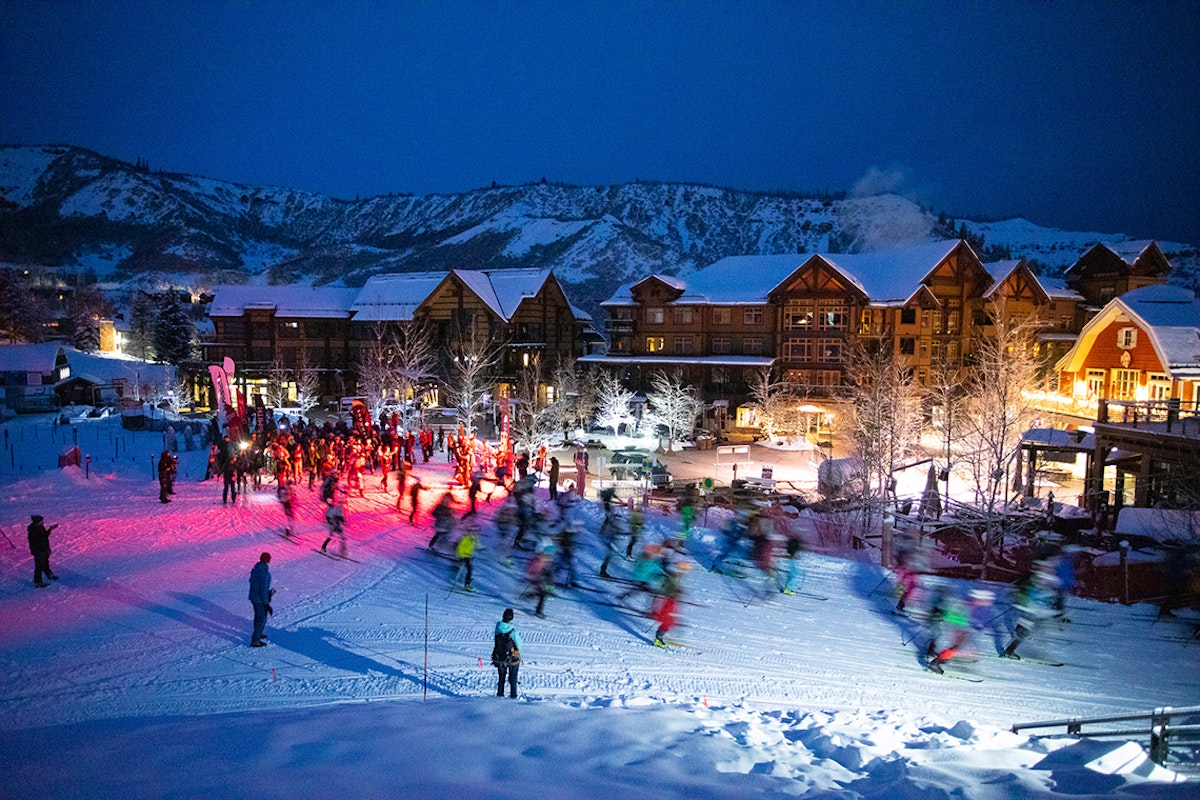

![[GIVEAWAY] Win a 4-Night Karma Campervan Rental and go Ski the Powder Highway](https://www.datocms-assets.com/163516/1767816935-copy-of-dji_0608-1.jpg?w=200&h=200&fit=crop)
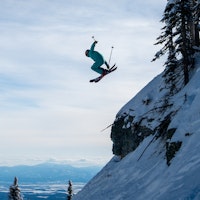

![[GIVEAWAY] Win a Legendary Ski Trip with Icelantic's Road to the Rocks](https://www.datocms-assets.com/163516/1765233064-r2r26_freeskier_leaderboard1.jpg?auto=format&w=400&h=300&fit=crop&crop=faces,entropy)
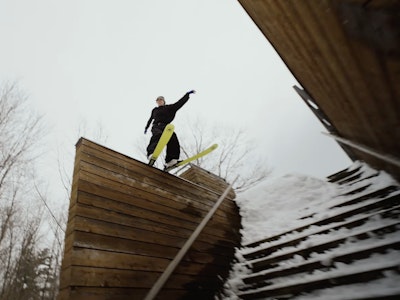
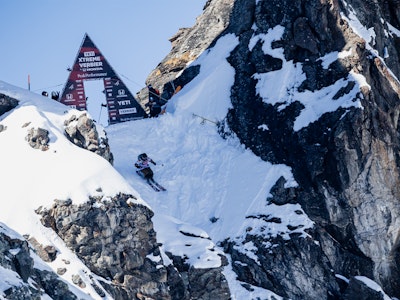
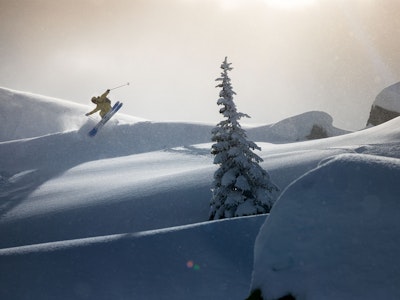


![[GIVEAWAY] Win a 4-Night Karma Campervan Rental and go Ski the Powder Highway](https://www.datocms-assets.com/163516/1767816935-copy-of-dji_0608-1.jpg?auto=format&w=400&h=300&fit=crop&crop=faces,entropy)

